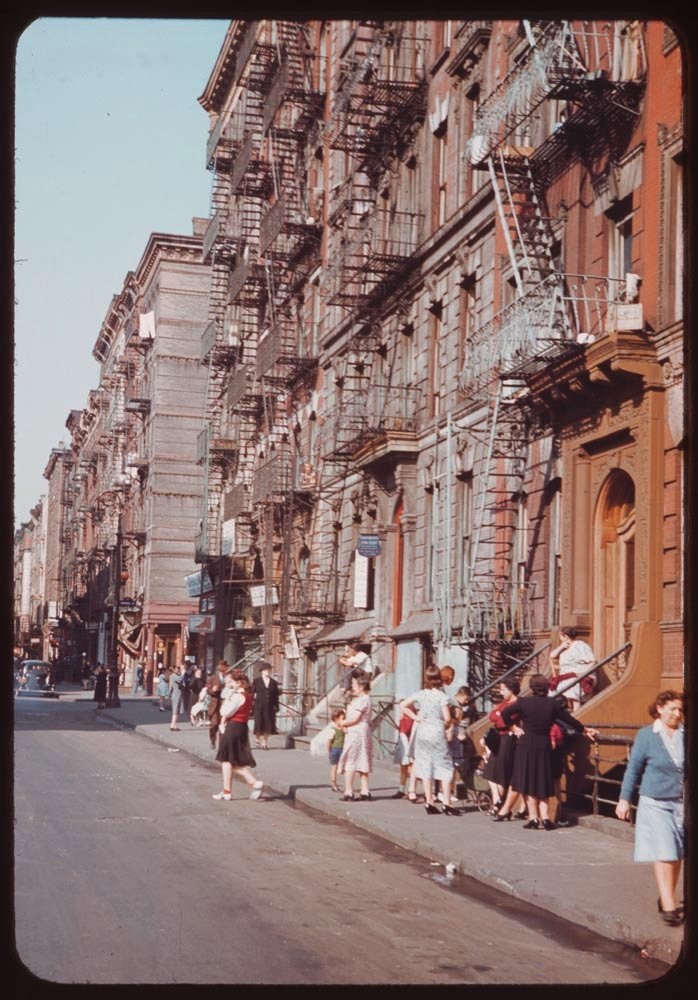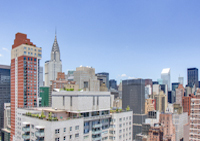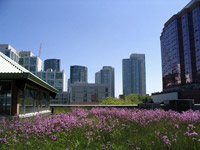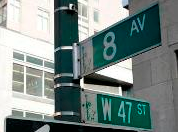 While the case between the Upper West Side landlord and his rent stabilized tenants sits in front of the Supreme Court pending further action, the Luxury Rentals Manhattan blog thought this would be a great opportunity to review the difference between the real estate mysteries that are rent control and rent stabilization. Rent control and rent stabilization, both of which fall under the category of rent regulation, refer to laws or ordinances that set price control on the renting of residential building. Historically, New York State has one of the longest history of rent regulation in the country and subsequently the vast majority of rent regulated units are located in New York City as well.
While the case between the Upper West Side landlord and his rent stabilized tenants sits in front of the Supreme Court pending further action, the Luxury Rentals Manhattan blog thought this would be a great opportunity to review the difference between the real estate mysteries that are rent control and rent stabilization. Rent control and rent stabilization, both of which fall under the category of rent regulation, refer to laws or ordinances that set price control on the renting of residential building. Historically, New York State has one of the longest history of rent regulation in the country and subsequently the vast majority of rent regulated units are located in New York City as well.
In order for a building to be declared rent stabilized, it must have been built before 1974 and contain at least six or more units that are not co-ops or condos. In addition, rent stabilized apartments could not exceed $2,000 a month if the tenant moved in 1993 or later. Since then, the Rent Regulation Reform Act of 1997, has been revised twice: the first time through the Rent Law of 2003 and the latest during the Rent Act of 2011. However, just because an apartment started out as rent stabilized or is currently rent stabilized, it doesn’t mean that the status could be revoked. According to the New York City Rent Guidelines Board, an apartment could become deregulated if the monthly rent exceeds $2,000 (2011 revision to $2,500) after the set-annual percentage increase, or if the tenants’ gross income surpass $175,000 (2011 revision to $200,000) a year. The median price of a rent stabilized apartment in New York City is $1,160 compared to the median market-rate rent of $1,550.
In comparison, rent control exists only in apartments where the tenant has been living continuously in since July 1, 1971. According to Housing NYC, there have been no new rent controlled leases being written for quite some time now and the only way to inherit one of these cheap Manhattan apartments for rent would be through a spouse or a direct family member. One of the few ways that a landlord could increase the rent of a rent controlled apartment would be to make improvement to the apartments itself and make a proportionally appropriate increase. Rent controlled apartments make up only approximately 1.9 percent of the current housing stock.
According to the Housing NYC report, there were 39,901 rent controlled apartments versus 1,023,246 rent stabilized apartments and 772,650 non-regulated apartments in NYC in 2008. The majority of the rent regulated apartments in Manhattan are not surprisingly, located north of 96th Street in Washington Heights and Inwood. Other Manhattan neighborhoods populated with rent regulated apartments are the Upper East Side, Upper West Side, Lower East Side and Chinatown, in that respective order.





